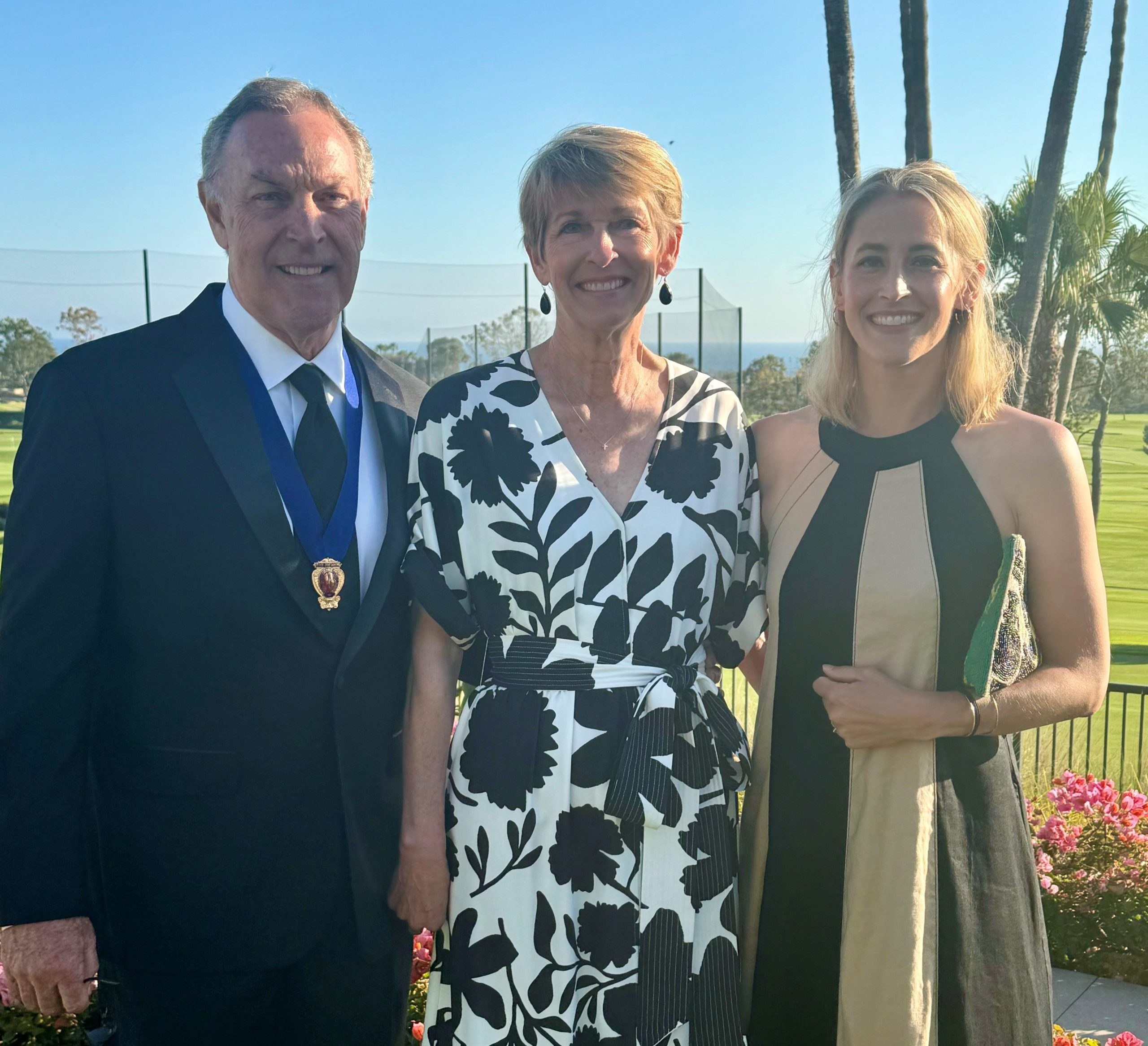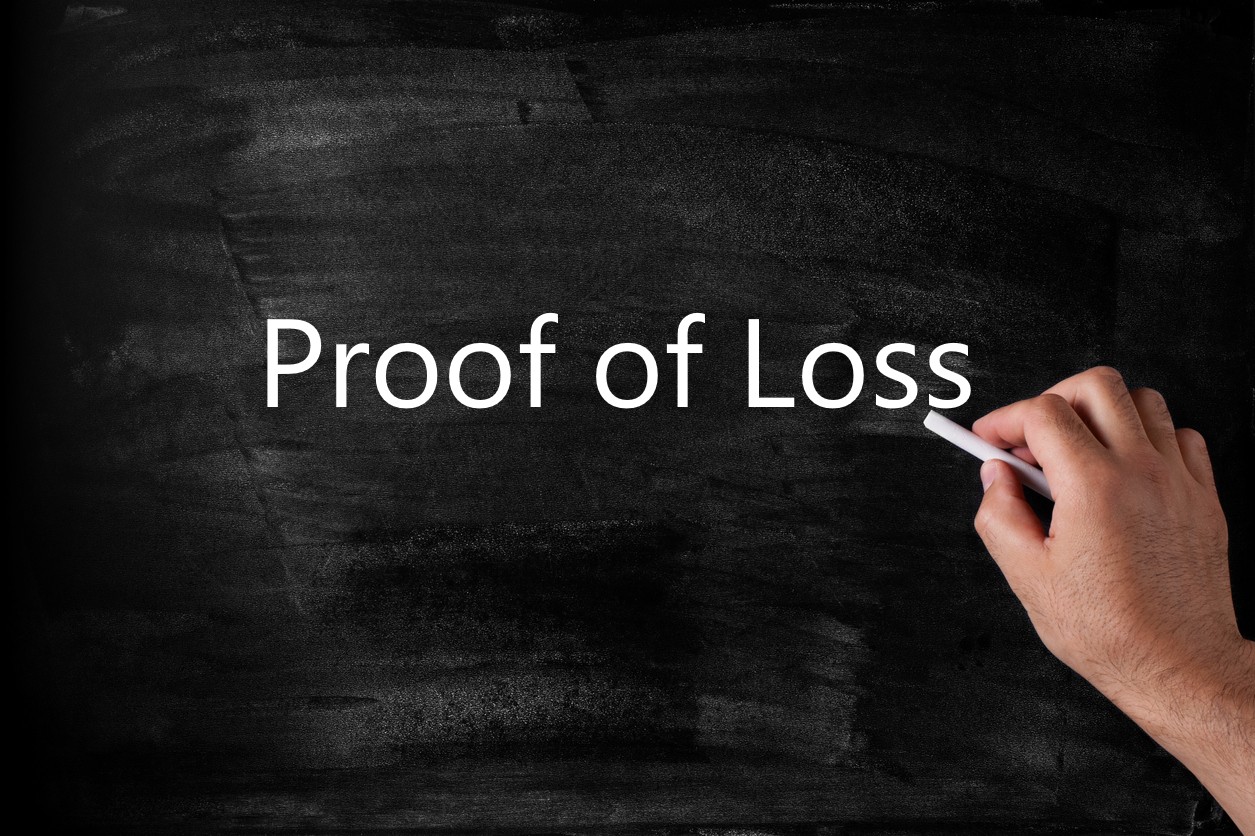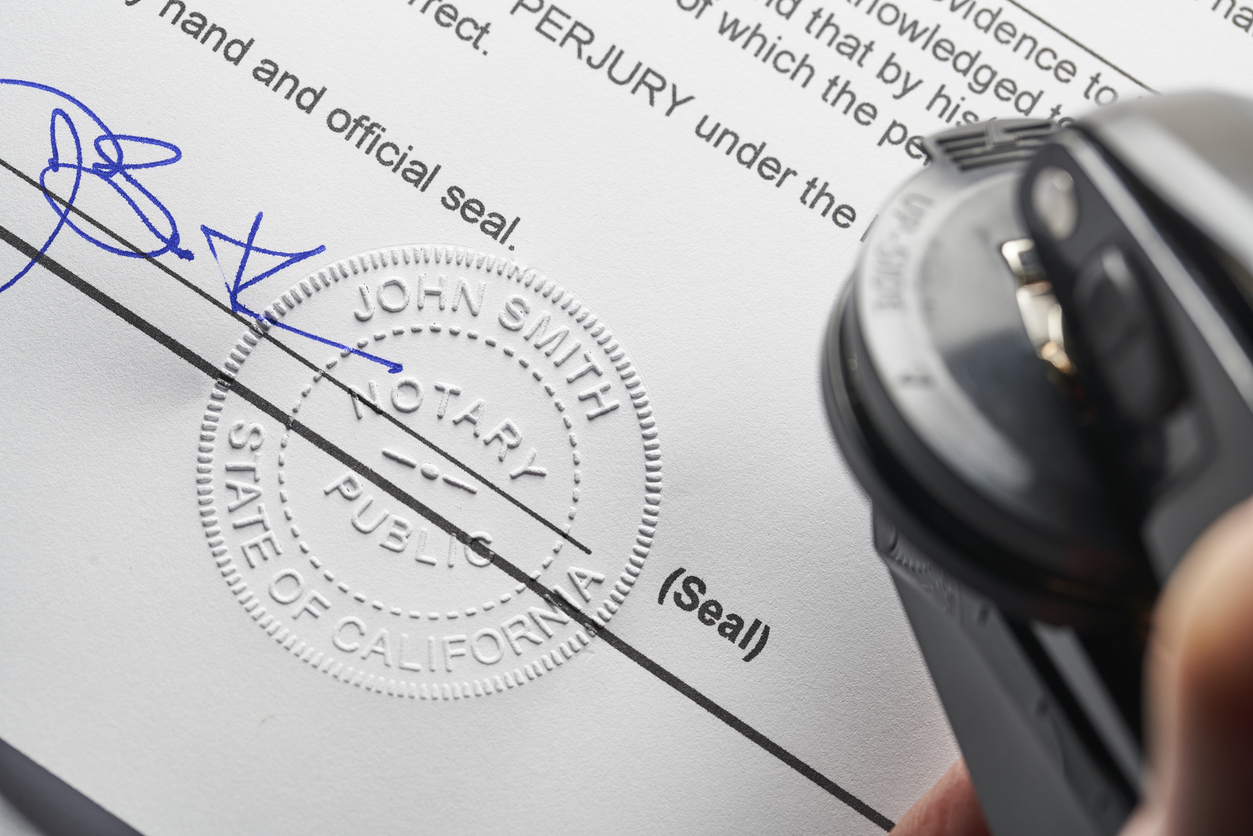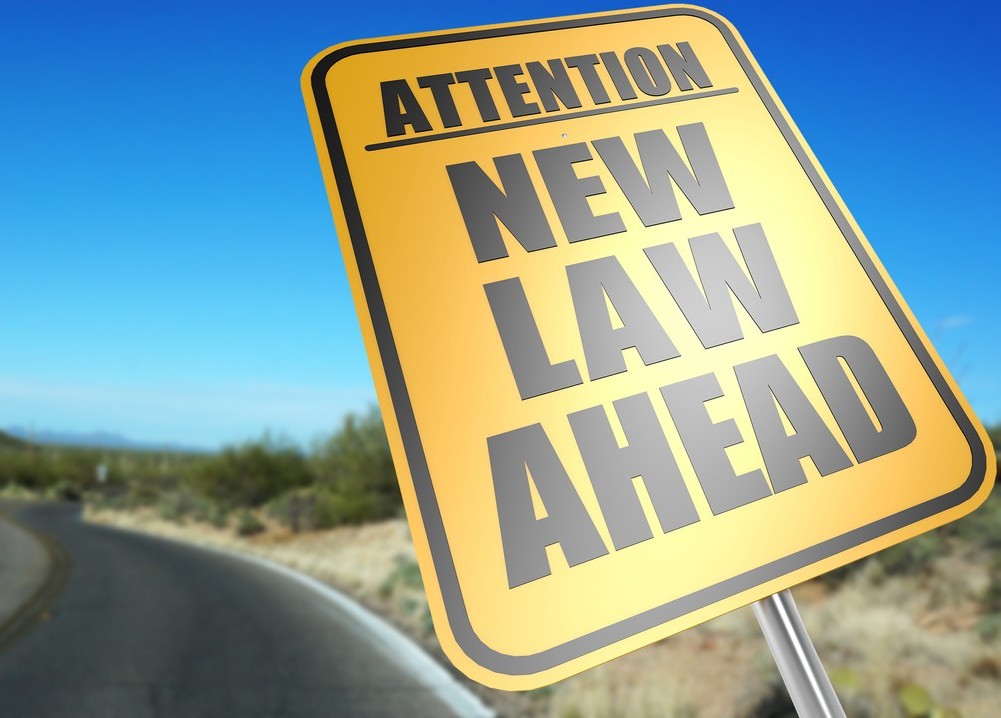Every public adjuster in Texas owes Jim Beneke a “thank you” as a result of his efforts to successfully obtain a law preventing insurance companies from including policy provisions preventing policyholders from hiring public adjusters. He was also instrumental in the efforts to obtain licensing in Texas for public adjusters.
Jim Beneke is also a very humble man. When I asked him why his peers of past presidents gave him a special award at NAPIA’s recent annual conference to highlight his extraordinary work in passing the Texas legislation, he deflected the answer. Instead, he started crediting others for their work on other matters.
His reputation is well deserved, and as proof of the extent of it in Texas—have you ever heard of a judge appointing a public adjuster as an umpire to an appraisal without either party suggesting his name? Read How Do Judges Select Umpires? Some Just Select a Person They Know and Respect, where a Texas federal judge appointed Beneke without suggestion.
Here is my interview with Jim Beneke:
What is the history of public adjusting in Texas as you remember it?
The history of public adjusting in Texas starts with my dad, who, ironically, was born and raised in New York! My grandfather was a public adjuster on Long Island. Dad planned to return to New York to work with him following his time in the Air Force. However, along the way, he met my mother—a Texas girl—while stationed in Wichita Falls. They married, had my sister, and, as planned, returned to New York, where I was born in 1956. It wasn’t long before Mom missed Texas, and Dad realized that the New York style of public adjusting—and working with his dad—was not for him. In 1957, we moved to Richardson, Texas, a Dallas suburb.
After a “get to know the area” stint as a company adjuster with Floyd West and Company, Dad became the first public adjuster in Texas when he started R.G. Beneke and Company from our home in December of 1965. Soon, he moved into his first office in what was known as the “Cowboy” Building on North Central Expressway in Dallas because it was the home of the Dallas Cowboys. I liked Dad’s office, but loved the possibility of seeing my favorite Cowboys when I went to visit.
I have Dad’s calendar from the first few months of 1966. In spite of the fact that no one in Dallas had ever heard of a public adjuster, he signed up six new clients in the first couple of weeks in business. I remember him describing the shock on the adjuster’s face when he told them he was there to represent the insured. Many refused to deal with him or tried to work around him. Those who knew my dad know that he didn’t stand for that and took whatever steps were necessary to ensure that he was able to do his job. In many ways, we are all still benefiting from the trail he blazed those many years ago.
For the first few years, there were very few public adjusters operating in Texas. As is typical in our industry, Dad trained most of his competition. For example, in 1974, Dad brought Gerald Marshall—from Goldstein Affiliates in New York—to Dallas to work with him. The relationship lasted nine months, and Gerry (and later his son) became our biggest competitor.
By the late 1970s, Art Jansen Sr. had come on the scene in Houston and became a major player in Texas. In the early 1990s the Jansens and the Benekes organized the other firms working in the state to create the Texas Association of Public Insurance Adjusters (TAPIA).
When did you start as a public adjuster?
Like many multi-generation public adjusting companies, our whole family was involved from the outset. My mom was dad’s first “executive assistant” and business partner. My sister, Kaye, and I rode shotgun on post-church Sunday excursions all over Dallas to check the fires. In the early days, recording equipment wasn’t very sophisticated, so much of the time we listened to the fire radios live. Dad built a wooden box around a speaker and put a handle on top. With 100 feet of cord, it went wherever we went in the house. We all knew to be quiet when the signals indicating a fire call went off. It wasn’t long before voice-activated recorders allowed us to record the calls. But, the tapes had to be cleared before bedtime every night. That was my first official assignment. I advanced to doing personal property inventories in high school and college, along with shadowing our estimators and adjusters every chance I got. I settled my first homeowner’s claim in about 1976.
What is the history of TAPIA, and what role have you played in it?
TAPIA was formed in the early 1990s by the five or six firms that were practicing in Texas at that time. Art Jansen Sr. served as TAPIA’s first president. Its primary purpose was to get a licensing law passed and end the constant battles we were all facing with the Unauthorized Practice of Law Committee of the State Bar of Texas. By that time, Dad had already fought off the UPL Committee in 1970 after Hurricane Celia and again in about 1976.
Our first unsuccessful attempt at licensing was in 1979. We tried a few more times in the 1980s, but the trial lawyers and the insurance industry just wouldn’t let it happen. TAPIA hoped that pursuing it as an industry would bring different results. Not so much. It wasn’t until 2003—after a number of other battles with the UPL committee (including Beneke again in 1988, Jansen in 1990 to 1991, and John Kubala in 2002) that we finally succeeded, and things settled down in Texas. With no imminent threats, the impetus for TAPIA to continue meeting was gone…until 2008.
In 2008, on the heels of Hurricanes Dolly and Ike, the public adjusting business exploded. Art Jansen and I accepted an invitation to “piggyback” on a Merlin Law Group Seminar in order to reconstitute TAPIA as a viable organization. The momentum we gained from that first meeting was invaluable and the main reason that we were able to succeed.
Today, thanks to the work of a lot of people (including Kaye Beneke who served as Executive Director for several years), TAPIA is one of the leading state associations in the industry. We have had a lot of success at the legislature over the years and continue to look for opportunities to make changes to public adjuster laws and insurance regulations that benefit our industry and the consumers we serve.
What has been your experience with NAPIA?
I was 10 or 11 at my first NAPIA meeting in Atlantic City, New Jersey. It was there that I met Brian and Randy Goodman and other children of the NAPIA “royalty” of the day. It was quite a lot for a kid from Texas to take in! The Beneke Company became more active in 1980 and has been active since then. I was asked to serve on the board in the late 1980s and served as education chairman for four years in the early 1990s. I became an officer in 1993 and served as President of the association in 2000. I have enjoyed being part of the past president’s advisory committee since then.
What do you think TAPIA and NAPIA offer for more experienced public adjusters?
Just when you think you have it all figured out, you don’t! I learn something new at every TAPIA or NAPIA event, especially in today’s world where policies are constantly changing and the carriers are represented by more and more consultants and experts. NAPIA and the other regional associations attract the best adjusters in the industry (from either side). Being able to share war stories or seek advice from the ones who have seen it all is a huge benefit to the membership.
What do those organizations offer to those public adjusters who are newer to the field?
Association membership brings credibility to your role as a public adjuster. Our meetings offer outstanding continuing education and the opportunity to meet with, and learn from, other members who are engaged in the same challenges you are facing. I always feel better knowing that I am not the only one being picked on by the insurance industry! Members are exposed to the latest tools of the trade, including technology, best practices, and legal trends throughout the industry. I love the fact that NAPIA now offers a mentoring program for newer public adjusters. There was a time when some were reluctant to share their methods of operation with potential competitors. Today, I think we all realize that promoting best practices and professionalism is good for all of us.
What led up to your recent award at NAPIA? What are your reflections about working with legislators and insurance regulators?
I am probably not the one to talk about what might have led to the award. All I know is that I really appreciated it and was very honored to receive it. Especially considering all of the great work that has been and continues to be done by so many in our associations.
In Texas, I am really proud of the fact that TAPIA is recognized as the voice of our industry. Regular attendance at insurance committee hearings over the years has given TAPIA a familiar face among the other industry representatives. We know who the other regular attendees represent, and they know us. That’s important.
On the national level, under Ann Frohman’s leadership, Brian Goodman, Jeff Gould, Justin Skipton and Chris Aldrich (and other presidents before him) have done tremendous work in raising our status in the eyes of state commissioners and their staffs.
The current effort to update the public adjuster model licensing act is a great example of the influence NAPIA now wields. In August, we will be presenting the model and other pressing surplus lines issues to the Surplus Lines Committee of the NAIC. These are significant actions for all public adjusters who are devoted to helping policyholders in the future.
Can you tell me your history of working to promote and protect public adjusting on a national scale?
The licensing law in Texas was passed in 2003. Hurricane Ivan in 2004 and Hurricane Katrina in 2005 created an immediate need for licensing in the Gulf States. NAPIA stepped up and raised $500,000 to fund the effort to get licensing in Louisiana and Mississippi. The Texas law (and experience gained from the process) provided a road map for the bills that were presented and ultimately passed with the help of the NAPIA-funded lobbyists in Louisiana and Mississippi. Brian and I worked with Wes Baldwin and the lobbyists to see the process through.
Shortly after that, the plan to create a model licensing act was hatched. I recall Brian Goodman and I leaving a NAPIA meeting in Las Vegas and flying straight to New Orleans for a hearing on the model act.
Since its creation, the model or something very close to it has been adopted by a significant number of states. The revisions currently under consideration will bring the model up to date on issues such as the assignment of benefits and conflicts of interest for contractors and public adjusters.
TAPIA is hopeful that the “Right to Contract” bill that we passed in the last session will also have a national impact. We are planning to present other bills related to surplus lines in the coming session. If we are successful, I have no doubt other states will follow.
Why is it important for public adjusters to become involved with politics and shaping public policy regarding insurance?
The late Paul Cordish, who was NAPIA’s first General Counsel, cautioned us to “keep our heads down and our noses clean.” That advice served us very well, but times change. Now, it is critical that all of the public adjuster associations be alert to and aware of what’s going on in our industry, locally and nationally. Nobody else is looking out for our interests.
TAPIA is blessed to have Jake Posey as our lobbyist. Jake and the TAPIA leadership have crafted a very successful identity and method of operation for TAPIA that has served us very well. Following Jake’s lead, we have established solid relationships with other industry stakeholders who see us as serious players who are truly interested in making insurance work better. We don’t sponsor or support frivolous bills that we know can’t pass. The bills we present are targeted, reasonable, and generally supported by our counterparts in the industry.
On the National level, Ann and Brian have crafted a similar identity for NAPIA at the NAIC, which has clearly raised our profile with commissioners around the country. Brian’s seat on the board of the Coalition Against Insurance Fraud is another great example of NAPIA’s growing influence in the industry.
What is it like to work with your daughter, and what have you observed are different challenges for her versus for you?
Family businesses can be challenging. It’s no secret that I ended up in Austin in 1990 because of a prickly relationship with my dad (for the record, we ended well!). As a result, I never encouraged my daughters to consider the business. I suggested that they should pursue whatever they were interested in.
Blair worked for the Big 12 Conference for about five years and then spent some time in Denver. One day, she called me about the possibility of joining the company. With some life experience under her belt, I said sure!
From my point of view, she’s doing great. I couldn’t be more proud of her and the work she does, both for our clients and for our industry through TAPIA and NAPIA. Blair does all this work while being a great mom to two of our four grandchildren. That’s a challenge no man can really understand!
When I hired Blair—just like when I hired Matt Thannisch—I told her that in a small company like ours, you have to be able to do it all. So, both of them are good estimators and adjusters. We are blessed to have a steady stream of referrals and client work. They both represent themselves and our company very well.
What is it about public adjusting that you have continued to do this work and then promote it not just for you but others?
I can’t think of many other jobs that are more personally and professionally rewarding than public adjusting. Helping people deal with really difficult situations is what I like the most. No two losses are the same, so every day is different.
I wish I could take my workload and spread it evenly across the course of a year! The work tends to come in waves, but that’s just the nature of our business.
What actions that you do have led to your success that you would like to share with others?
Public adjusting is hard. It’s a battle to get the work, not only against other public adjusters but also against the agent, the claims advocate, the adjuster, restoration contractors and others offering to help the insured. Settling claims has always been challenging, but even more so in today’s world of limited coverage, high deductibles and the fact that one might have to deal with multiple adjusters, consultants, and other experts to settle the claim.
With all of that said, I have concluded that to be successful as a public adjuster, one needs perseverance. Being professional, patient, and persistent will take you a long way, but you have to be willing to hang in there when the going gets tough. Insurance companies count on wearing insureds and their public adjusters down. Don’t let them do it!
I also asked Jim for some suggestions and tips for other public adjusters to follow. For example, I asked him for his opinion about the most effective negotiating style. His response was:
Settling claims nowadays is challenging enough, even if you try to play by the rules. I can’t imagine how frustrating this business must be for those who start their day by poking the insurance company in the eye. There is always time for that later if they don’t respond appropriately to a well thought out, professionally presented claim. Since—like it or not—we are all linked together, I hope we can all strive to represent the public adjusting industry in a professional, ethical manner.
Stay tuned for part two of this highlight with Jim Beneke in tomorrow’s post.
Thought For The Day
Selflessness is humility. Humility and freedom go hand in hand. Only a humble person can be free.
—Jeff Wilson




